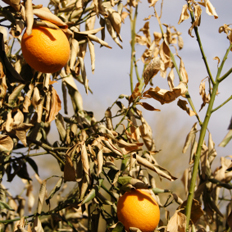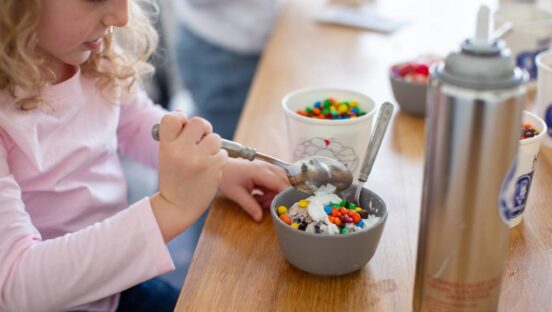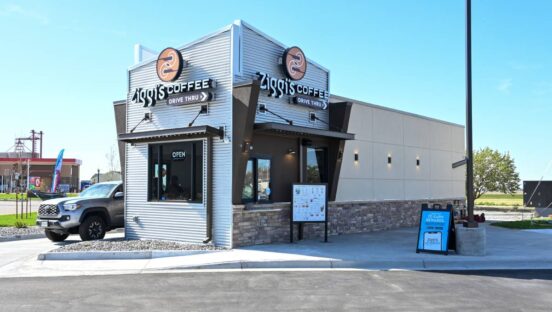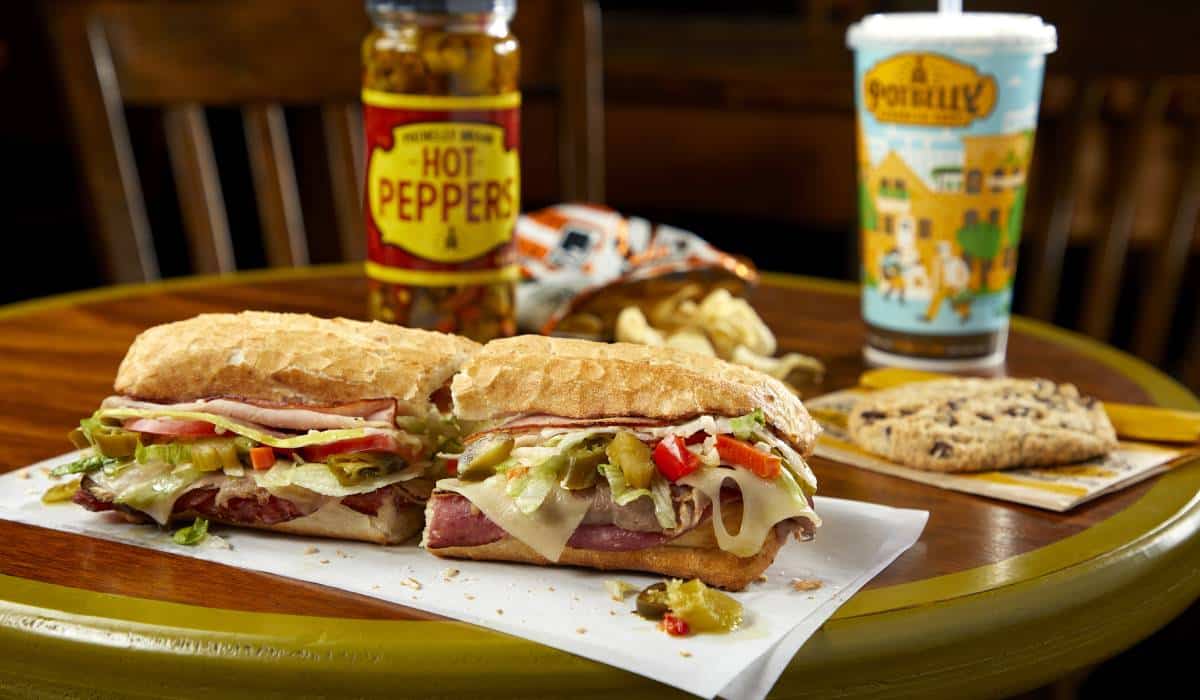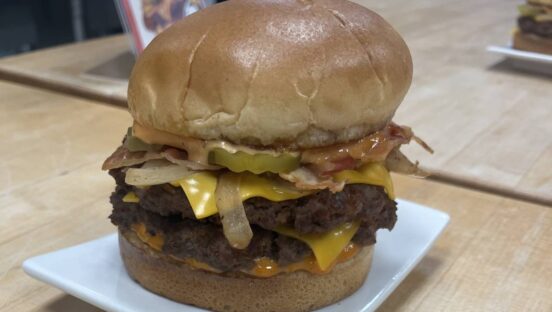Freezing temperatures in Northern Florida could wipe out a large percentage of the Sunshine State’s citrus fruit, strawberry, and tomato crops, causing higher prices for staple ingredients for the nation’s restaurants.
The Florida Department of Agriculture and Consumer Services issued a warning “urging residents, visitors, and agricultural interests throughout Florida to prepare for temperatures near or below the freezing mark throughout this entire week.”
The cold weather began Saturday with temperatures below freezing. Florida is not the only state feeling the chill but, as the major crop-producing state during winter, its weather could impact restaurants and grocery stores nationwide. With the arctic high-pressure system that moved in on Wednesday, temperatures are expected to dip even lower heading into the weekend.
“In the end, it’s probably going to end up being 10 consecutive days below freezing—which we’ve never seen before,” says Dan Shuler, meteorologist for the National Weather Service in Jacksonville.
Even short periods of sustained freezing temperatures are “very rare” in a state known—and nicknamed—for its idyllic weather, Shuler says. A run of seven consecutive below-freezing days that ended Jan. 5, 2001 was Florida’s last serious cold snap.
Florida farmers produce “nearly all our nation’s domestically produced fresh fruits and vegetables during the winter,” according to a statement released by the state’s agricultural commissioner, Charles H. Bronson. “There is much at stake, both for our state’s farmers and for consumers all across the United States who count on Florida to provide them with fresh domestic produce in the winter.”
On Wednesday, at Bronson’s request, Governor Charlie Crist declared a state of emergency and directed the state Department of Transportation to relax restrictions on commercial vehicles transporting vulnerable crops to processing sites.
“Transporting the vulnerable crops to processing sites without delay is necessary to save them from destruction and the relaxation of the restrictions on the weight, height, length, and width for commercial vehicles transporting these crops is necessary to protect the agricultural interests of the state,” Governor Crist stated in Executive Order No. 10-01, which will remain in effect for 14 days.
Along with strawberries, citrus fruits, and tomatoes, Florida broccoli, cabbage, and corn are also at risk.
With several major crops facing significant supply-side losses, costs could rise for restaurants around the country.
Kamran Farid, COO of Edible Arrangements, which launched the quick-service concept Fruitation in 2009 that uses citrus fruits and strawberries heavily in its products, says sudden supply shortages are a business reality.
“We’ve had this happen before,” Farid says. “One thing we do is we don’t increase our prices. We may change the mix of products. We may be promoting a heavy-strawberry arrangement online and we may change that to a mixed-fruit arrangement.”
The company will also increase its international purchases in the event of a domestic shortage, Farid says. But in the end, a sudden shortfall in domestic produce hurts the bottom line.
“There is a higher price, no matter what,” Farid says. “But that’s something we as a company learn to absorb.”
In the mean time, growers have been scrambling to protect their crops from the cold, and so far they have not reported heavy losses.
“There were some isolated areas that had some minor freeze damage, but it doesn’t appear that temperatures dropped low enough and stayed low long enough for there to have been any serious or significant damage,” says Lisa Lochridge, a spokeswoman for the Florida Fruit & Vegetable Association.
Strawberries, citrus fruits, and tomatoes cannot withstand prolonged exposure to a hard freeze, considered by the National Weather Service to be five hours below 27 degrees. With temperatures possibly dropping to the high-teens heading into the weekend, it is unclear how crops will weather the chill.
“When you’re talking about temperatures in the mid-20s or even lower in some areas for a sustained period of time, there’s only so much growers can do,” Lochridge says.

